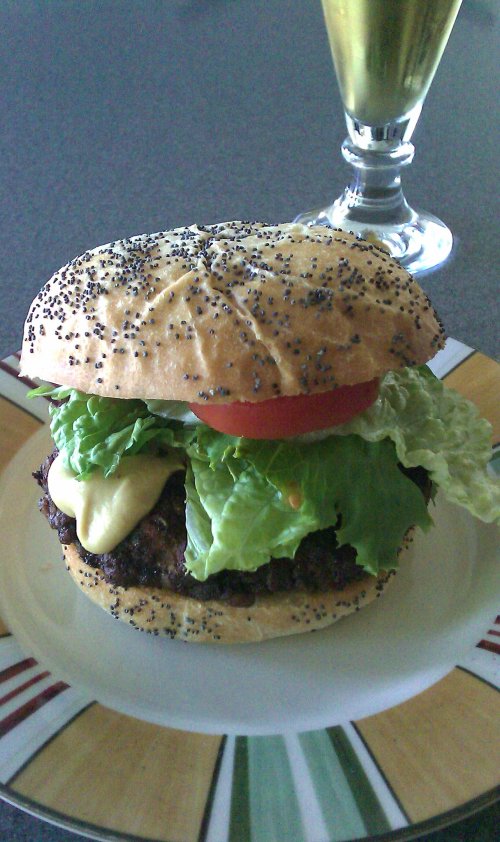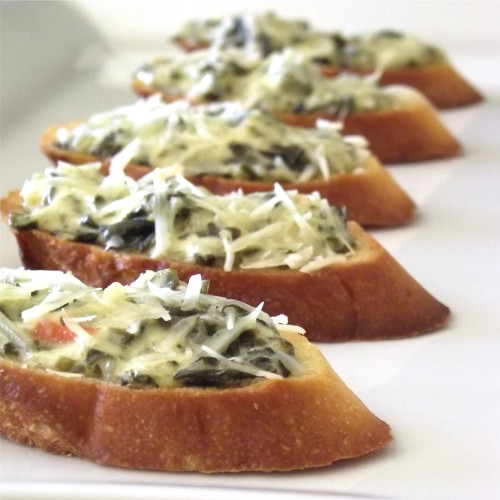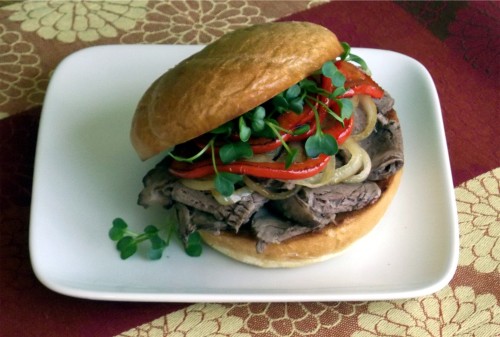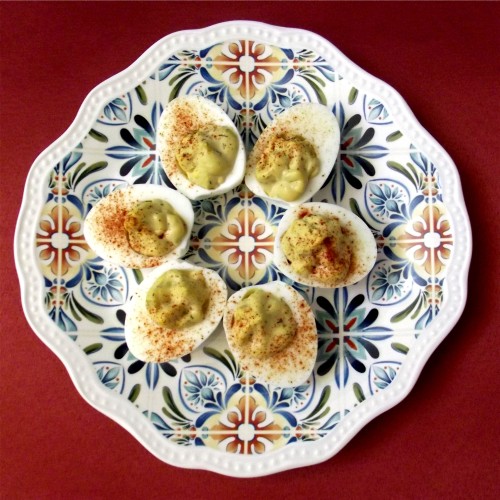The Fourth of July holiday weekend is going to be here in a flash and we recently were treated to the Summer Solstice, a day Alaskans treat with the same respect due a national holiday. This time of year Anchorage enjoys well over 19 hours of daylight — it never gets completely dark, and the prolonged twilight makes it possible to read a newspaper outdoors at 3 AM, mow the lawn, chop firewood, or do any number of other outdoor tasks. But forget about doing chores. Summer days that never end are perfect for cookouts.
This year I made a decision to craft summer burgers using my own recipes, with my own choice of meat. There will be no commercially processed “scrapburger” hamburger made from leftovers and grocery store floor sweepings of heaven-knows-what served at my home. I want to be in control of the meat.
While preparing for summer I perused recipes and ratios used by both chefs and home cooks. Chef Michael Symon went on a funny but dead-serious Facebook/Twitter tirade earlier this summer when he proclaimed that the words “turkey” and “burger” should never be used in the same sentence. A man after my own heart! Chef Symon scored additional brownie points (beefy points?) when he shared his personal tips for burgers. He said he prefers to use equal parts of brisket, sirloin, and short-rib, all coarsely ground twice and then lightly hand-packed into patties.
It sounded like a match made in heaven until I tried shopping for the ingredients. In my part of the world beef short-rib is at times difficult to find. When it is available it has, for some unknown reason, become frightfully expensive. Often I can find top New York steaks at a lower price than short-rib, with less waste and far more edible meat per pound. So if short-rib wasn’t an option for my meat mix, what could I add to sirloin and brisket to make my burgers juicier more flavorful? The answer hit me at breakfast one morning — bacon.
Bacon is a perennial favorite for topping burgers. Why not add it into the mix? Burgers made entirely of ground pork are listless, always in need of additional spice or toppings. But adding pork – in the form of smoked bacon – to my ground beef seemed to be the perfect answer. Bacon adds flavor. It also adds the fattiness that’s required to keep burgers juicy and keep them from hitting the Hockey Puck Pitfall.
Enjoy your burgers and the holiday!
Fresh-ground Beefy Bacon Burgers
1/2 pound beef sirloin
1/2 pound beef brisket










